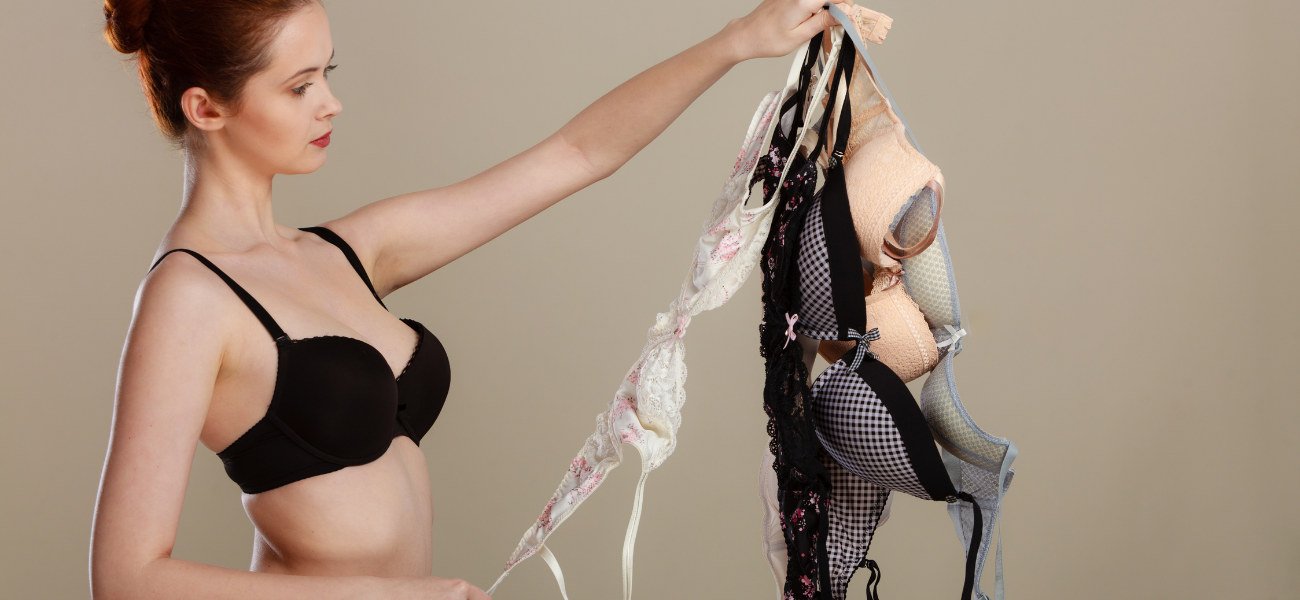- May 23, 2025

Bra Sizes A, B, C, D: Who Came Up with These Letters – and Why They Changed Everything
The bra size system we know today began as a radical idea: what if lingerie fit your shape, not the other way around? This story uncovers how a few letters gave women freedom, comfort — and choice.
Today, choosing your bra size seems simple: you just pick your “combo” — 34B, 36C, or 30D — and try it on. However, what is currently considered normal was formerly entirely based on conjecture.
Without size guidelines or precise cup shapes, women used to make haphazard underwear selections.
The rules of the game were only altered by an idea that surfaced in the middle of the 20th century: a bra should fit the breast form in addition to the women torso.
There is more to this story than just letters on a label. It’s a story of precision, comfort, body respect — and how one simple system gave women more than convenience: it gave them choice.
Before the Letters: When “One Size Fits All”
When bras started to take the place of corsets in the 1910s and 1920s, the styles available on the market were all the same. No cups. No size. It’s just a piece of cloth with straps and two triangles.
If your bust was small — it sort of held. If large — it barely worked. Since no one had yet to come up with underwear that could change to fit the body, nobody knew what else to do.
The 1930s: A Time of Big Change
In the 1930s, a time of sophistication, motion pictures, and the resurgence of feminine forms, everything changed.
Women desired to feel at ease while still having a definite appearance. And brands began to seek a solution.
The American business S.H. Camp and Company was the first to categorize breasts by cup volume rather than merely band size in 1932.
They established a system that is still in use today:
A — small cup
B — medium
C — large
D — very large
It was a straightforward yet groundbreaking concept: for the first time, a bra recognized the contour of the breasts in addition to wrapping around the body.
How Did They Measure?
Two fundamental measures were employed by the system:
Circumference under the breast (e.g. 30, 32, 34 inches)
Circumference of the whole bust at its fullest point
The cup size was established by comparing these measurements:
1–2 inch difference → cup A
3–4 inches → cup B
5–6 inches → cup C
And so on…
This reasoning is still valid today, despite the fact that sizing and measurement techniques differ by nation (France, the UK, Japan, etc.).
Maidenform and Mass Adoption
When Maidenform, a women’s lingerie manufacturer that has been around since the 1920s, started advertising the cup idea, it really took off.
Ad campaigns featuring women wearing bras in “their own size,” as opposed to just “any bra,” were introduced by Maidenform in the 1940s. Women felt more confident as a result of this: “Aha, I should have my perfect size too!”
Personalized bra fittings marked the beginning of a new era.
Why This System Still Matters
Today we’re used to an extensive size grid: 30AA, 32B, 34D, 38E… And while it sometimes seems confusing, it gives women a powerful tool of choice.
The size system:
- helped manufacturers create accurate patterns;
- allowed brands to scale their collections;
- enabled every woman to find lingerie that actually fits her.
Above all, it became a component of the body autonomy movement: “My body shouldn’t adjust to lingerie.” Lingerie ought to change to fit me.
Fun Facts:
- Cup sizes in the UK reach K and higher.
- More sophisticated gradations (AA, AB, BB, etc.) are used in Japan.
- The underbust measurement is multiplied by 15 to determine band sizes in France.
- Due to improper fitting, more than 60% of women in several nations wear the incorrect bra size.
Conclusion: The Ideal Size Isn’t a Letter — It’s a Feeling
There is more to bra sizes than simply letters and numbers. They represent the moment when fashion started to pay attention to the body rather than making it fit.
It’s a story of a small revolution that began with measuring busts — and turned into a giant leap toward women’s comfort..
At Moonlit, we think that the ideal bra isn’t the one that seems “right” in the mirror but rather the one that makes you feel calm, light, and confident.
Because real lingerie welcomes rather than constricts or dictates. Softly. Like care. Like you deserve.
